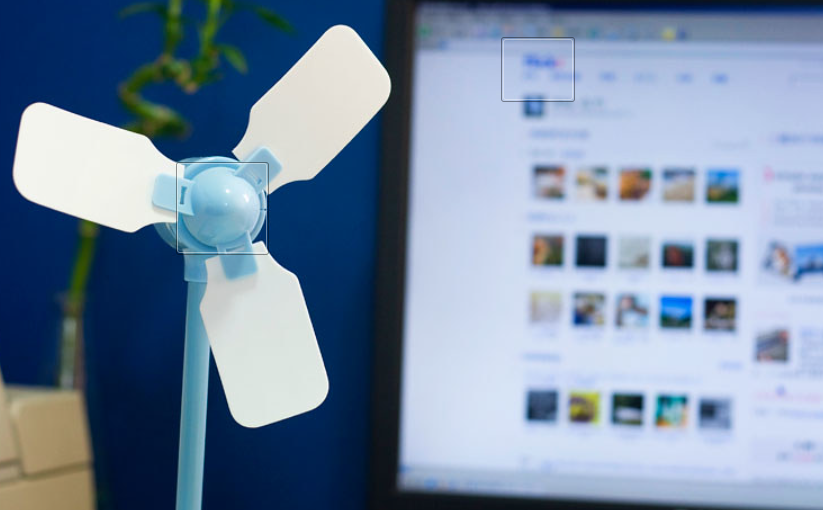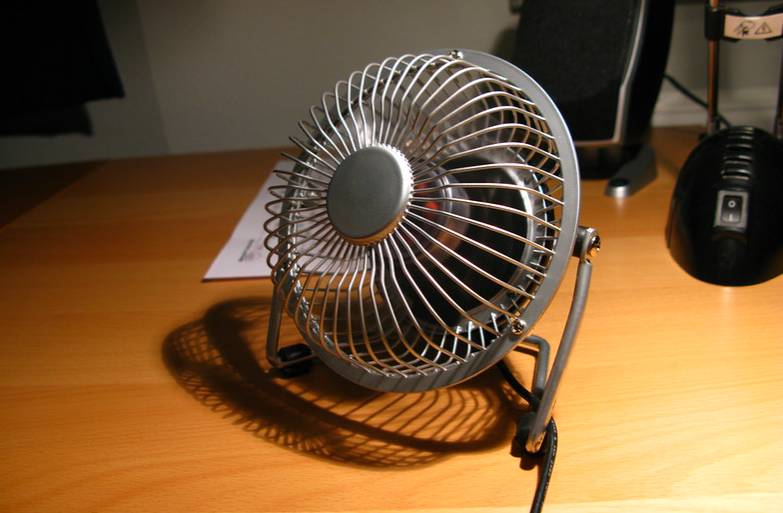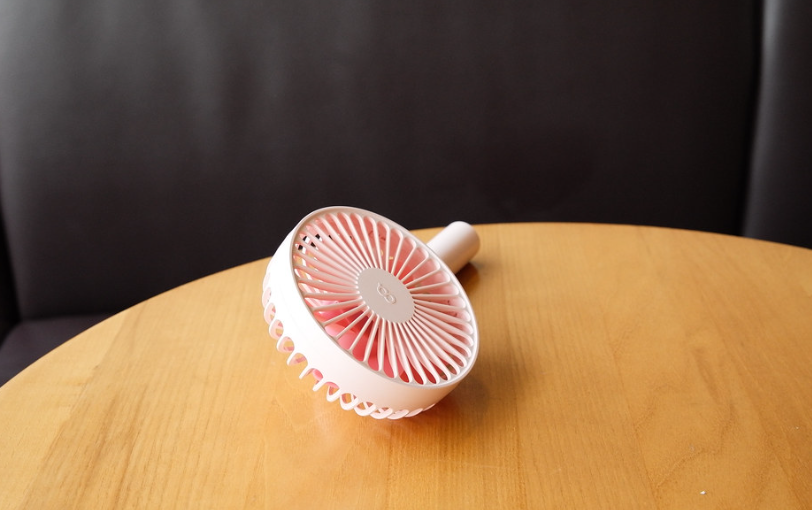An advantage of having a USB fan is that it is handy for personal or close-proximity cooling.
Furthermore, you can power it using your computer, smartphone, an adapter plugged into a wall outlet, or a portable battery.

But like any other electrical component, USB fans tend to have some issues. The most common is whereby they stop working.
When that happens, you need to get it back to working as quickly as possible and ensure it cools your immediate surroundings.
But perhaps the pressing question is why your USB fan won’t work. Ideally, several factors can explain why your USB fan is not working.
One such factor is overheating. The fan can also stop working if you have plugged it into a faulty USB port. Another reason is that an object or dust could be causing a hang-up on the fan’s magnet or motor.
Generally, the best way of fixing a USB fan that is not working is to identify the cause.
Contents
How to troubleshoot a USB fan that is not working
Here are some tips for troubleshooting your portable electric fan if it is not working.
1. Check if you have plugged the USB fan correctly
Your USB fan is not working because you have not fully connected the plug to a power source. First, check the plug and properly push it to the power source or socket.
If it doesn’t work, the power source could be faulty. Alternatively, try plugging the USB fan into another USB outlet.
In most cases, the problem occurs when you plug the USB fan into a phone’s USB port. If the phone does not have enough battery power, it will not operate the fan.
Consider charging your phone and try again or plug the USB into a different phone.
Furthermore, compatibility issues might cause the USB fan to stop working when plugged into your phone’s USB port.

2. Replace or fix the cord
It may sound obvious, but check the cord and inspect it for any damage. Maybe the cable is broken after getting chewed by a pet.
Also, check if there is any damage to the fan body or any dent on the plug prongs.
If you’ve found the USB cable problematic, consider replacing it. Go for a good cable that works with your fan. One such example is the ZZS Mini-Fan charger.
3. Check the power bank
If you use a power bank to charge your USB fan, check whether it has enough power.
Consider charging the power bank if it is not producing enough electrical current to power up your fan.
4. Check the motor for any damages
The motor plays a crucial role in the optimal functioning of a USB fan. A faulty motor cannot run your USB fan properly.
Follow these steps to find out if the motor is problematic:
- Open the motor cap.
- Remove the motor from the USB cord. You may require pliers for this step.
- Check for any damage on the USB, including water or burn marks.
Once you assess the motor, you may repair or replace it.
5. Repair the USB motor
Since USB fans are small, repairing a fan motor can be challenging. This is why replacing the motor is better than repairing it.
But if you still want to repair it, follow these steps:
- Open the motor cap and remove the motor from the cord
- Replace the motor and connect it to the USB cable
- Solder the cable to the motor.
- Test to see whether it works.
You can now return the motor cap. Just make sure you’ve finished soldering first.
6. Check the battery
Rechargeable fans have a built-in battery, which comes with its benefits. However, it can stop working for several reasons, including if it doesn’t have enough charge.
The USB fan will not work if there is physical damage to the battery, including rust.
In that case, you will have to replace the battery and try again.
7. Check for any signs of overheating
Your USB fan is not working, probably because it overheats whenever you connect it to a USB port or power outlet.
Overheating can occur due to damaged contacts or wires in the USB device.
Furthermore, corrosion inside the rechargeable battery can wear away the wires and electrical conductors and increase its resistance.
Therefore, you may have to repair a USB fan by cleaning its contacts if you notice any corrosion. You should also open the inside of the USB fan to check for any damaged wires.
NOTE: Make sure to switch the fan off and disconnect it from a power source before disassembly.
How to clean a portable fan
It is helpful to clean your portable fan regularly to prevent it from accumulating dust that can cause it to stop working.

When a fan moves, its motor draws in dirt and dust that interferes with its operation. Once the dust accumulates, it will settle on the housing or blades.
Here is how you can clean a portable fan to ensure optimal operation.
- Please turn off the portable fan and remove it from the wall outlet.
- Disassemble the fan by removing the steel grate.
- Use a handheld vacuum cleaner with a brush attachment to vacuum the grate. Ensure to pass the vacuum on all surfaces of the grate.
- Wipe down the grate after vacuuming.
- Use a clean towel to wipe down the fan blades. You can use soap or mild detergent to clean it.
- Clean the exterior of the fan.
- Dry all the cleaned components before assembling the fan.
- Cover the fan or reattach the steel grate.
If the grates on your fan are not removable, use compressed air to clean them. In other words, spray some air onto the blades and grate to remove the dust.
Consider cleaning it once every two weeks to ensure it works as intended.
Conclusion
You can try different steps to troubleshoot a USB fan that is not working. For example, you can try plugging it into a different port if the current one is not producing enough power.
Also, ensure the fan does not have any physical damage that could cause overheating. Another option is to check whether the rechargeable battery has enough power.
If the battery has rust, consider replacing it. Other options include repairing the motor or replacing the USB cable.
When it comes to replacing the fan, make sure to choose a reliable option. We recommend the Gaiatop USB desk fan, which is small, portable, and powerful.
